Meet the golf course manager: Simon White
Related Articles
The Chase Golf Club is one of the most picturesque courses in Staffordshire. We speaks to its course manager about how a grass exchange programme has reduced inputs and improved surface quality.
Set deep in the heart of Staffordshire countryside and only six miles from the centre of Stafford, The Chase, which now includes a hotel, spa and health club, features a par 72, 6,738 yard course that was originally built upon sand and gravel. This allows fantastic drainage and ensures play can continue uninterrupted from wet weather conditions all 12 months of the year. The course features a mixture of tricky par threes and testing par fives, and has well-placed hazards and wild rough in place.
GreenKeeping caught up with the club’s course manager, Simon White, to find out about him – and the work that goes into maintaining this attractive and popular golf course.
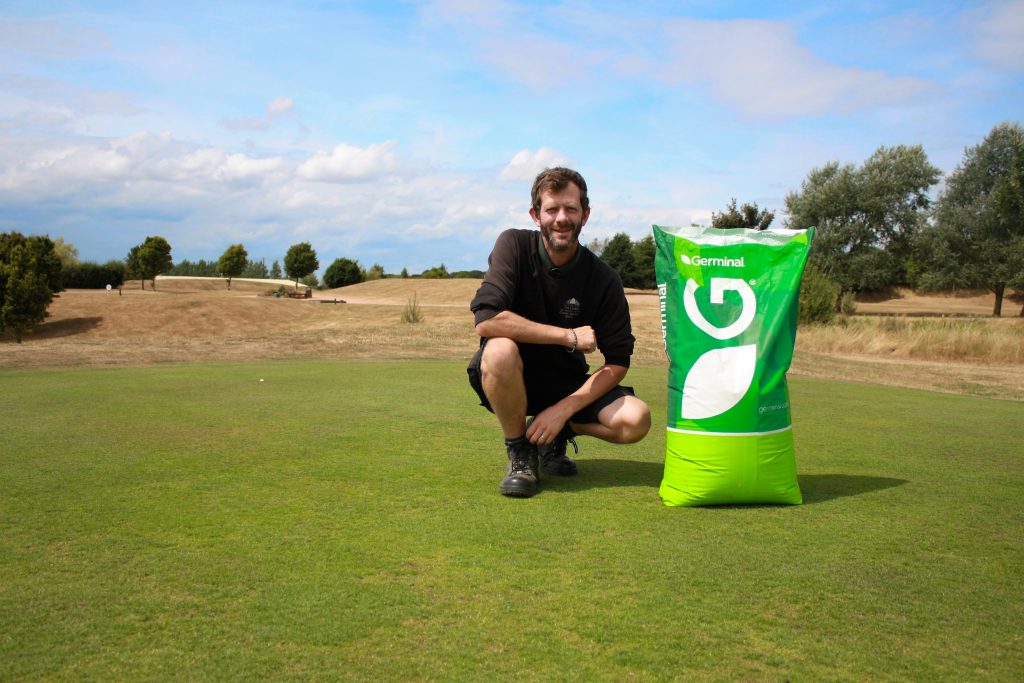
What was your path to greenkeeping, where did you study and how long have you now been at The Chase Golf Club?
Simon White: As a keen golfer I started my greenkeeping journey by studying for an HND in golf course management at Reaseheath College in 1996. During my studies I went on a work placement at The Forest of Arden, fortunately being involved in a European Tour event, and my love for the industry began! I then moved around the country before settling in my current position of course manager at The Chase Golf Club, where I have been since 2007.
What is the size of your team and does each member have specific tasks?
Our current team consists of five full-time staff, a part-time gardener and through the summer we have seasonal staff. Where possible we try to rotate all our daily tasks, with the exception of spraying, although each team member has their individual strengths, so at times this is taken into account.
What would you say are the biggest challenges you currently face and how does this impact on the daily maintenance?
I would say the British climate and golfers’ / members’ expectations. The last 12 months have seen extreme snowfall, rain and temperatures (both low and high) which all offer differing challenges when maintaining the playing surfaces. Despite these conditions, expectations remain high and are often fuelled by watching pristine golf courses from around the world on TV. Factors such as budgets, staff levels and site specifics are overlooked when opinions are formed.
Booking tee times online at very low prices and the removal of joining fees has seen a rise in nomadic golfers and their ability to move between golf clubs more freely. Some may say this offers greater opportunity of gaining new footfall through a club but it also offers less stability.
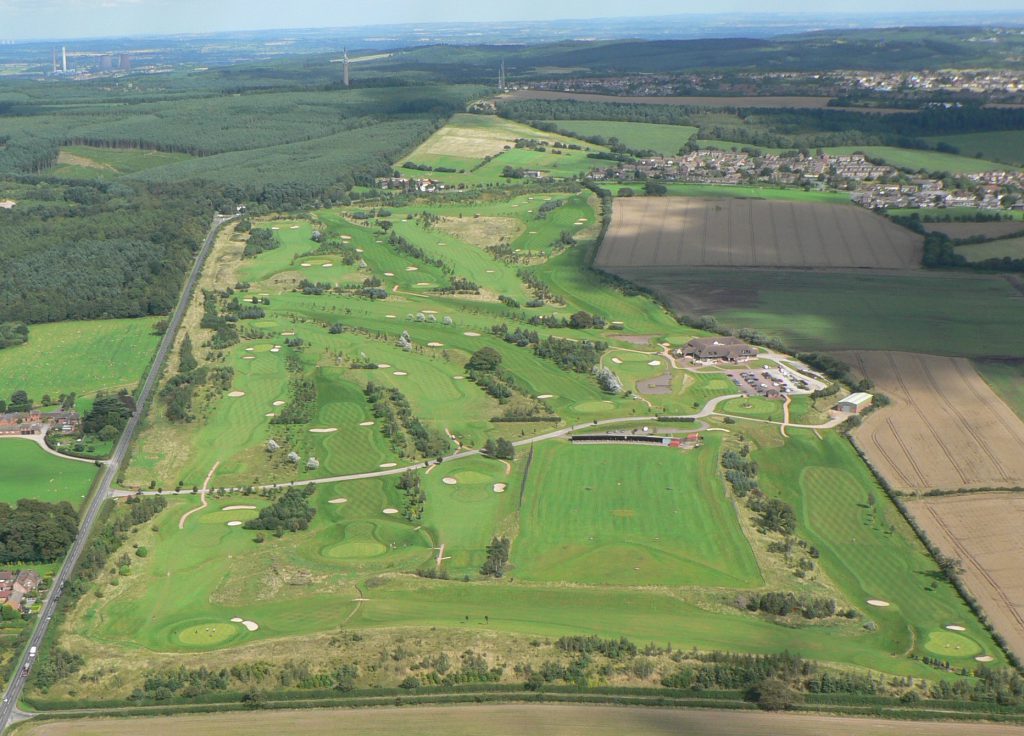
Speaking of which, the 2018 summer was one of the hottest on record. The course is built on sand. What difficulties did you encounter and how did you overcome them?
As we are a free draining site we always encounter a degree of ‘burning off’ during the summer months but in 2018, as the majority of courses experienced, it was taken to a whole new level. We concentrated on ensuring the greens and tees were irrigated as required and this was complemented by a full wetting agent programme on these areas. We have seen how our site responds during extreme conditions of all varieties so the data we have from this will help us plan for the future.
What aeration and top-dressing programmes do you use across the course, when do you undertake this and how far in advance is your programme planned?
We try to carry out aeration as often as possible with varying methods used depending on conditions and time of year. We also have an autumn maintenance week pre-booked in the club diary. Top-dressing is applied on a little and often basis, using a truck-mounted spinner dresser, when the weather and the golf diary allow. Due to the nature of the British weather we don’t really plan too far in advance, other than the maintenance week, and often re-arrange our tasks when conditions are favourable.
Ecology is dear to your heart. What have you implemented across the course?
Rough management has been our biggest undertaking with the longer ‘tiger rough’ being cut and collected across the course to promote the finer grasses. Removal of the coarse grasses has the added benefit of helping to speed up play. We have seen an increase in the number of birds of prey such as buzzards, kestrels and barn owls, which indicates the rough is proving ideal habitat for their prey as well as for hunting. Other notable residents are little owls, skylarks and breeding pairs of brown hares. We are starting to complement this work by creating native wildflower meadows, nest boxes and bug hotels.
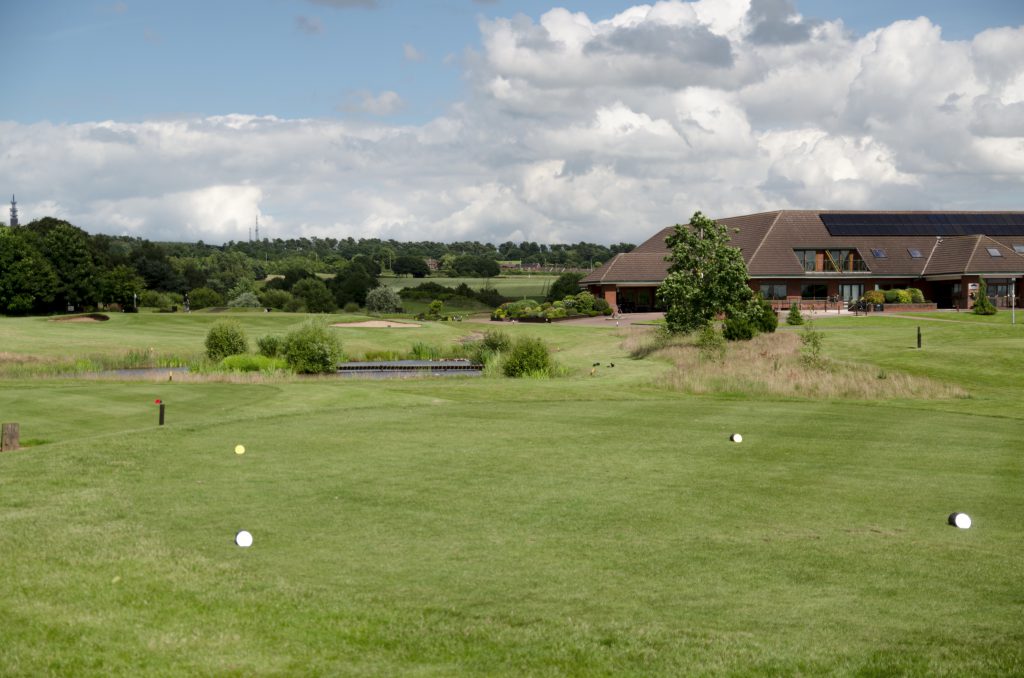
You’ve been running a grass exchange programme. What were the deciding reasons for this?
I believe that the nature of our site, primarily being free draining, lends itself to the finer grasses and, wanting to push a more sustainable approach, I felt this was good practice for the golf course.
I wanted to improve the quality of the playing surfaces, along with reducing inputs, so eight years ago, once we had good thatch control, we embarked on our over-seeding programme.
What supplier and cultivars have you been using, what have impressed you most about these and how have you seen this benefit the course management, the surfaces and playability of the course?
We trialled products from a number of the leading grass seed suppliers and, to be honest, found good results from them all. However, the one stand out supplier for us was Germinal. Not only did we have great success with the seed we also found their ‘family business’ ethics to be very much in line with our own here at The Chase. We over-seed the greens predominantly with Aberroyal and Aberregal browntop bent seed but have now embarked on introducing chewings and slender creeping red fescue, which is so far showing good success. Other areas receive varying ratios of fescue and bent whilst the tees mix also includes Cabrio dwarf rye to improve wear tolerance. We have seen a marked increase in the bent population in the greens and an overall improvement in all turf surfaces across the golf course.
You are a practitioner of sustainability, what are the factors that have caused you to pursue a more sustainable maintenance programme and how has this benefitted the course?
My personal beliefs are for a more eco-friendly approach, my traditional views on greenkeeping and ongoing restrictions within the industry are all factors in our individual approach. A major benefit has been reducing our expenditure in certain areas, such as chemical / fungicide use, and re-allocating it in others, such as bio-stimulants and seed, without having to increase our budget. We have seen an increase in the finer grasses and an improvement in the playing surfaces / soil profiles.
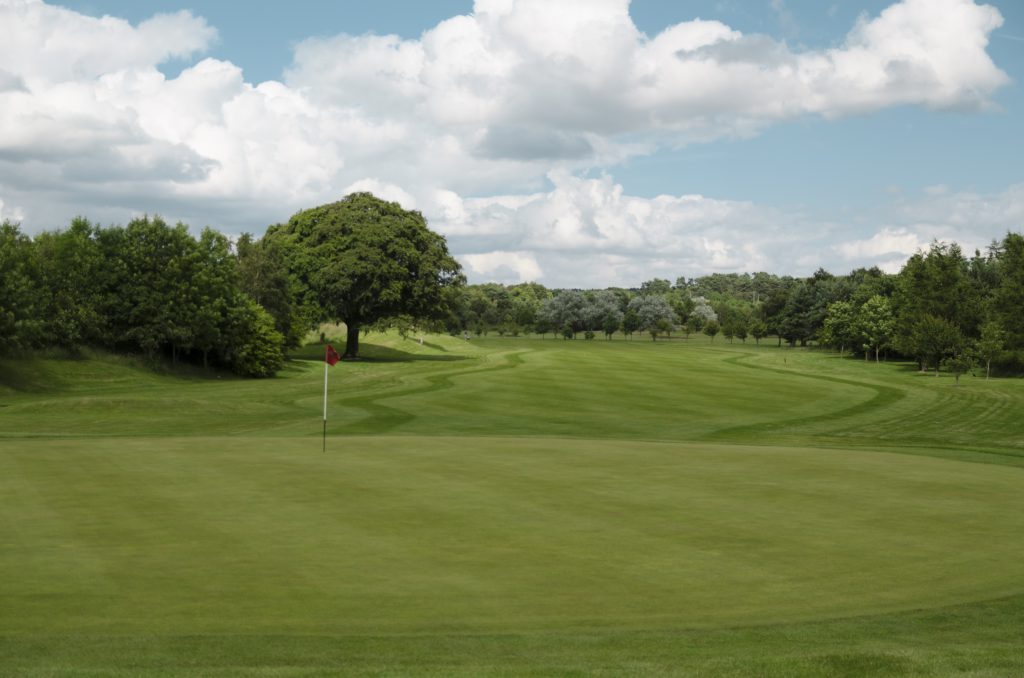
What machinery fleet are you currently using?
The majority of our machinery is Toro, mixed with a few pieces of John Deere equipment.
I have long been a fan of Toro equipment as I feel the quality / precision of cut is fantastic and the longevity of machinery exceeds others I have used.
What do you think are the strengths that have carried you through your career and current position at The Chase and how do you keep the course evolving?
I would have to say my passion for the industry, hard work, maintaining the basic principles of greenkeeping whilst adapting modern techniques and a willingness to learn. We use feedback, coupled with our own ideas, to continually evolve the course. The general manager at The Chase is also a professional golfer so, with his support, along with that of the owners, we are able to put strategic plans in place to improve the golf course.
What height of cut do you use across the course?
Greens, 4mm (5.5mm in winter); tees and approaches, 11mm; fairways 13mm; surrounds 32mm; and rough 50mm. These heights may vary slightly depending on weather conditions and so on.
Over the year our average working week is 40 hours.
Training and education are key to developing a good team, what do you do to ensure you are investing in raising the standard of practice and performance of your team members?
We carry out in-house training, offer external training / visits and provide industry literature to help educate and develop each team member. I also try to ensure that the reasons and benefits of all maintenance practices are regularly explained.
You are looking to implement a bunker improvement programme. What are the reasons for this and what do you hope to achieve long term?
Many of our bunkers don’t offer the challenge that good course design should.
Our plan is to remove, re-shape and reduce the size of some of our bunkers to improve playability and also reduce the overall maintenance cost of what in essence is a hazard.
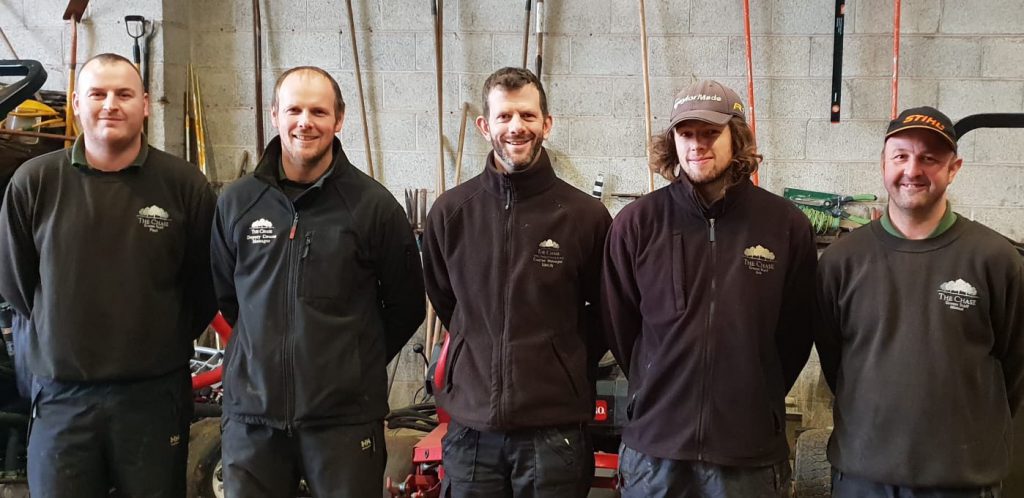
The pressures on the course manager to deliver a better product are growing year on year and the level of professionalism is rising with this. What do you think are the qualities now needed to meet the requirements and demands of golfers by someone in your position and how does this help contribute to the business of golf?
Simon White:
- Have a clear goal of what you want to achieve and plan accordingly
- Know / understand your site (what are the limitations and what is realistically achievable?)
- Take photos and keep records
- Listen to feedback, both negative and positive, and use it subjectively
- Stay educated and up to date with modern practices
- Talk to / visit other greenkeepers.
What gives you the greatest satisfaction from your job?
The greatest satisfaction comes when the end result matches our own high standards and expectations. It is also great to look back and see what we have achieved in just over 10 years and how the golf course has evolved / improved.
With your experience, what advice would you give to youngsters starting out and wanting to pursue a career in the profession?
Dedication: As a manager there is nothing better to see than an individual who is dedicated, self-motivated and willing to learn.
Ask questions: No question is silly if you learn something from it.
Take advantage of all opportunities offered within the industry: this includes education, networking and site visits, volunteering (locally or further afield) and working abroad.
Keep records / take photos of your personal achievements: Being able to show evidence of the work you have been involved in is invaluable.
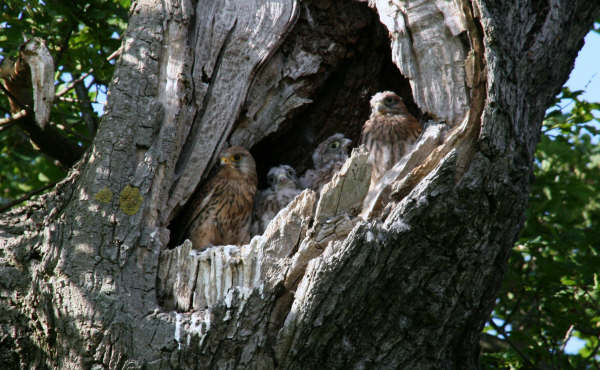
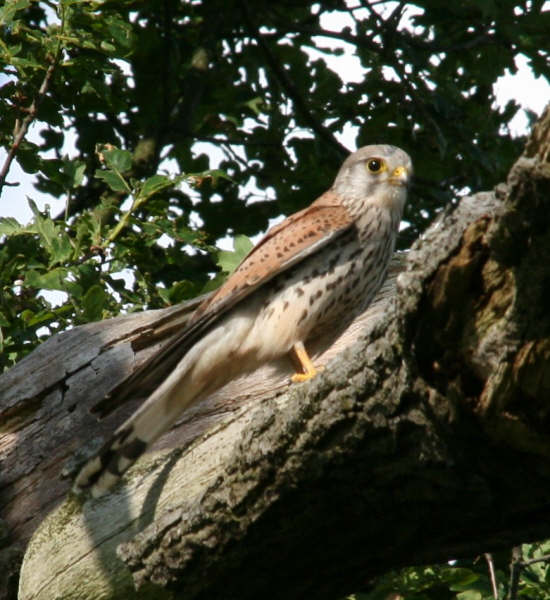
What changes do you think need to be made to benefit the industry sector and profession of the greenkeeper?
The industry as a whole needs to keep educating golfers. This has started to some degree but I still feel the professionalism of the industry, and work undertaken, needs to be highlighted more. Does TV and high profile golfers have a role to play? Chris Wood, and his association with Long Ashton Golf Club and the greens’ staff, is a good example of this and similar publicity to that of him helping out on the golf course can only be a good thing.

























